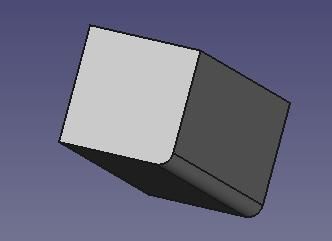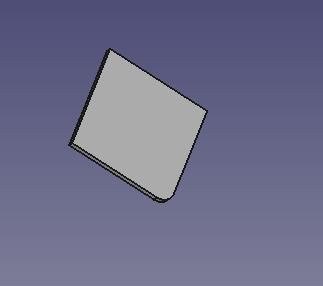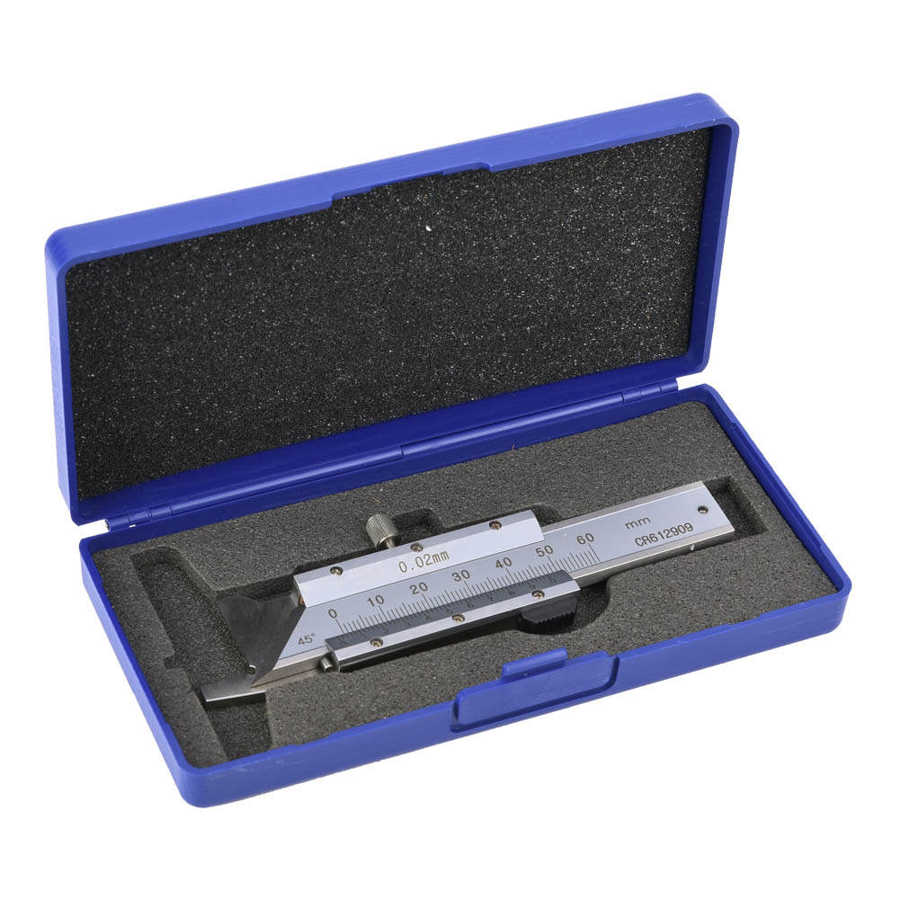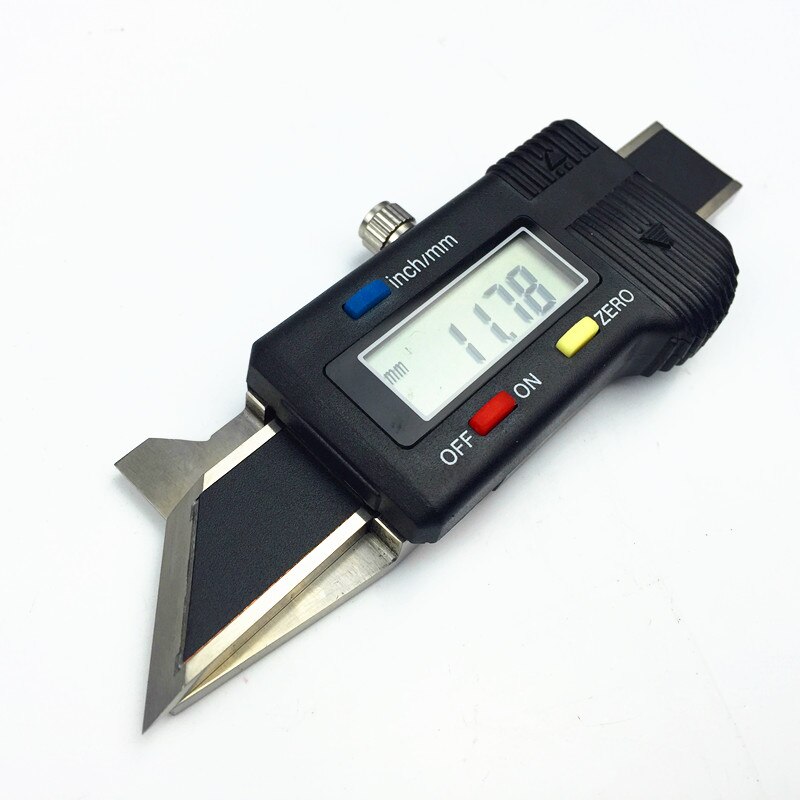Been away. Catching up.
This is rather overwhelming but I shall try to respond to each person, but thank you for all your contributions.
@MikeK – in principle, yes, along the lines of what Brian G says.
The L-shaped Starrett design would do me fine, however they don't make them small enough. TBH, If I can't find some fairly simple tool to do the job I just abondon ship. To get clear the reason why I want to know the radius of a fillet that I have made is so that I can outsource some of the work to someone else.
@peak4
Yes, that Fujitool "L300M2" looks perfect. Although I would only want the first 3 or 4 tools in the set. Any idea where I could buy one?
[ No, I don't like the look of L300M2. Nor the "Radiusmeters Type 272 serie" from Hogotex I want a 90 degree L shape (with a radius in the concave corner). 0.010inches is 0.254mm which is already slightly large for my purposes.]
@Robert I simply don't understand your comment. My apologies.
@Pete As I have said elsewhere this project is currently a very long way from being commercial.
@peak4
I couldn't undertand that page, but 66,500 Yen would be £427 which would be an INSANE amount of money to pay. Particularly for what would only be 3 or 4 small pieces of metal that if pushed I'm pretty sure that I could get laser cut at reasonable accuracy for a lot less money.
But seriously, this mission/odyssey is definitely not worth spending more than say £150 on.
@William
You are correct that it is roughly speaking a "break-edge" situation, but there are competing ergonomic issues that need to be balanced by experiment. And I then need to quantify the radiuses. I am now confused about what you mean by the "Moore & Wright pattern".
@Tony Pratt
No, I am a very long way from making money on this project.
Yes, I am keen to learn about workshop skills & any suitable tools that anyone can suggest that could help with the measurements.
@Dusty
> Why make something and then try to measure what has been made?
It's called a prototype.
The key discipline is ergonmics.
If it turns out that no such tools exist of the size I seek, fine let's all move on. At this point that seems unproven.
@Martin
Yes, if I can't get nicely rounded fillets, then as you imply maybe 45 degree chamfers would do.
Wait, do simple "L"-shaped little tools exist which look broadly like the Starrett that I found exist which have chamfers not radiuses?
@JasonB
I hope it's 100% clear to everyone that I am not promoting any specific product, and am merely seeking buying advice.
tldr; / SUMMARY:
If the tool I seek doesn't exist at a half-reasonable price (ideally sub £100) then let's all abandon this thread.
RECAP:
What I'm seeking is a simple tool(s) to measure the radius of convex fillets (i.e. the radius on "break-edges"?) created on 90 degree edges.
Something similar to that Helios Preisser H0597305 would do the job, but 211 Euros is GBP177, and worse post Brexit there will now probably be a hefty import tax on it… ==> over £200?
So I was hoping to buy some very simple L shaped pieces of steel with precision radiuses inside corners, with which to make quick checks.
THOUGHT:
If, as some of you have suggested, I just assume circular radius and just focus on measuring the equivalent 45° chamfer, what about buying something like this?
**LINK** for c. £56

Or a digital equivalent for c. £76?
**LINK**

Or similar… (?)
J
John Smith 47.











